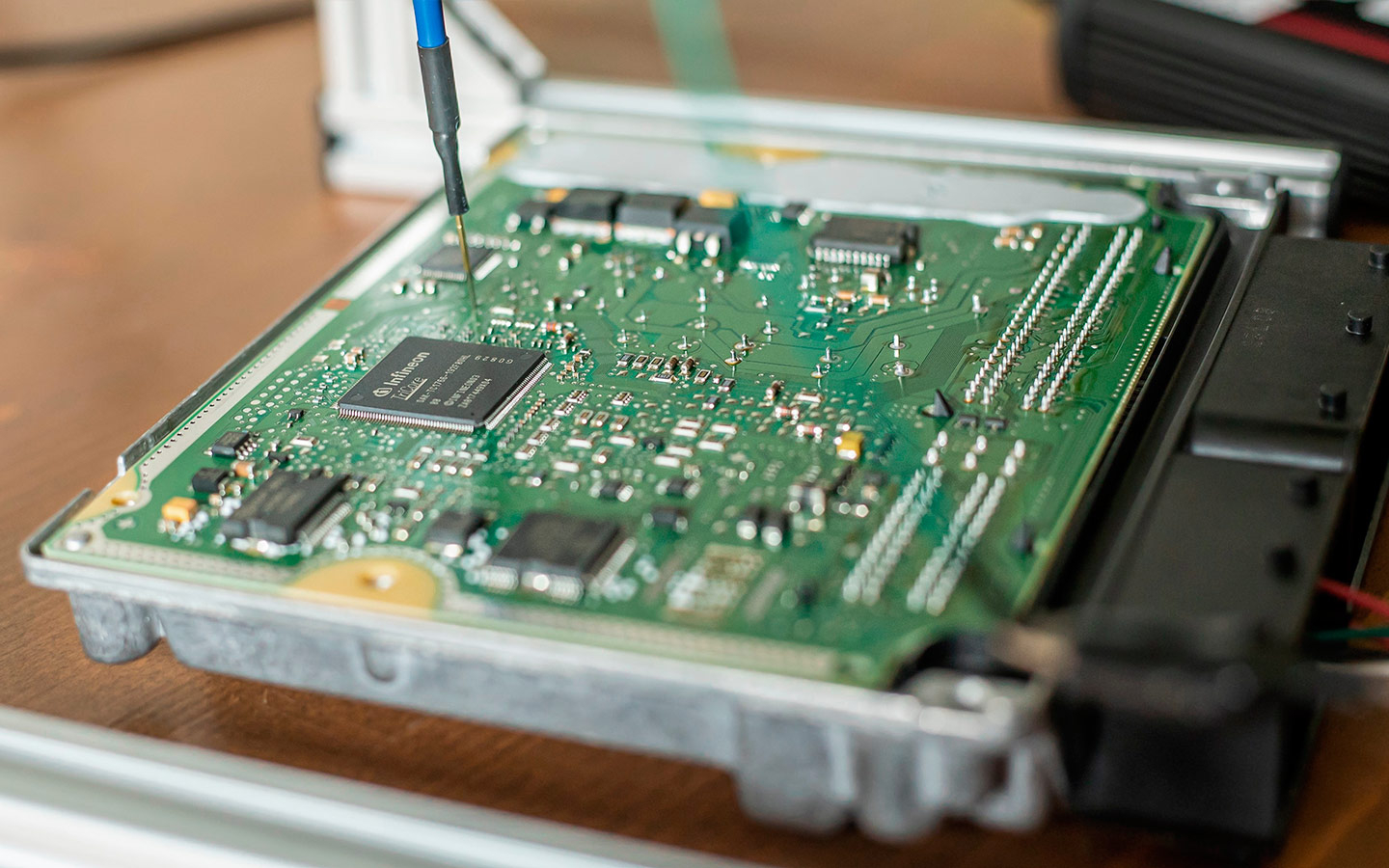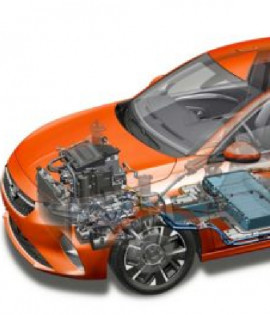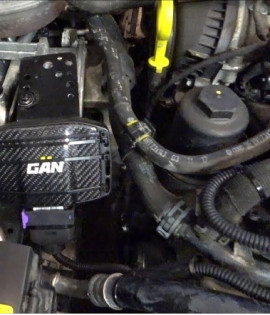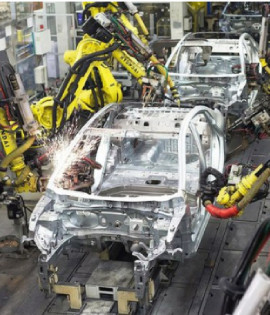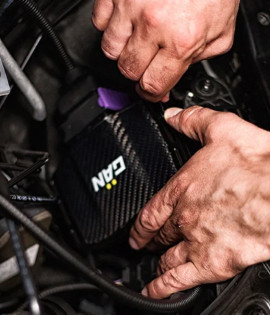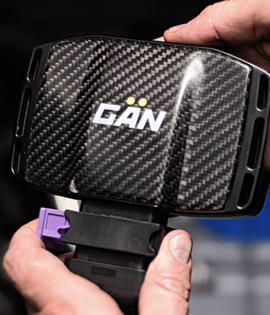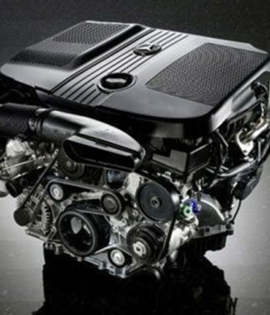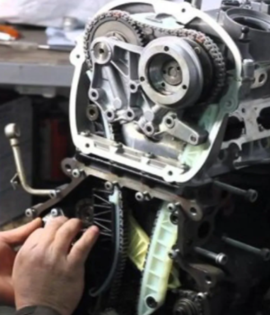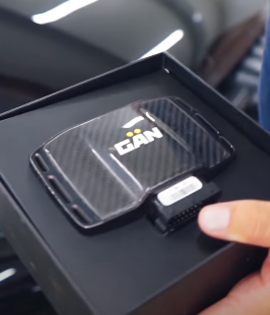What’s the Deal with Your Car’s Engine Control Unit?
We’re bang in the middle of the internet age, surrounded by all sorts of clever tech, so it’s hardly a shocker that there’s a ton of articles out there about geeky, scientific stuff. The downside? For your everyday bloke with a set of wheels, it’s a proper headache trying to suss out what you can stick on your motor and how it’ll muck up the settings it came with from the factory.
In this write-up, we’ve aimed to keep it nice and straightforward while still dishing out the nitty-gritty on one of the fiddliest parts of your car—the engine control unit.
A Bit of History to Kick Things Off
The tale of chip tuning goes hand in hand with a pretty big moment back in 1939—when the engine control module, or electronic control unit (ECU) as it’s better known, first popped up in cars. Before we get stuck in, let’s break down what this ECU thing is and what it gets up to.
What’s This ECU Malarkey All About?
The ECU is a nifty little computer that runs the show for one or more systems in your car, along with a handful of smaller bits. It’s got a few aliases—electronic control module (ECM), central control module, or even the car’s brainbox. The engine control unit version of it takes charge of a load of actuators on your internal combustion engine, keeping everything running like clockwork.
How does it pull that off? It’s constantly clocking data from a heap of sensors tucked away in the engine bay, making sense of it all with some swanky performance charts (aka fuel maps), and then bossing around the engine’s moving parts.
Fuel and Sparks: Where the ECU Shines
The fuel injection system’s got a few tricks up its sleeve, but the ECU’s star turn is sorting out how much fuel your engine chugs through. It’s clever enough to measure out just the right amount on its own. The software inside grabs the data, crunches the numbers, and decides how much fuel to sling in. Plus, it figures out the best time to blend the fuel and air inside the engine—a process called the injection pulse width.
On top of that, most motors have an idle control system baked into their ECU, and it’s also the one flicking the switch on the ignition system. Talk about juggling!
Fancy a Tweak? Enter OBD Tuning
Today’s ECUs are programmable gadgets, meaning you can fiddle with them if the mood takes you. This is what’s called OBD tuning—or the good old garage
method. You might want to give it a go if you’re making hefty changes to your engine, like bolting on an intercooler, turbocharger, gear for alternative fuels, or giving the exhaust a tweak.
Mind you, reflashing the ECU isn’t all plain sailing—it can proper bodge the engine if you’re not careful, since it often fiddles with the built-in safety features.
A Smarter Way: Extra Module Magic
Thankfully, there’s a safer option—chip tuning with an add-on electronic control module. With this trick, the engine’s original safety measures stay put, so you’re not risking knackering the parts by pushing them too hard. GAN TUNING BURO are the whizzes behind this method, churning out modules that give your car a cracking power boost. They reckon their setup’s so safe it won’t even scupper your warranty. Fancy letting your motor stretch its legs with some chip tuning?



